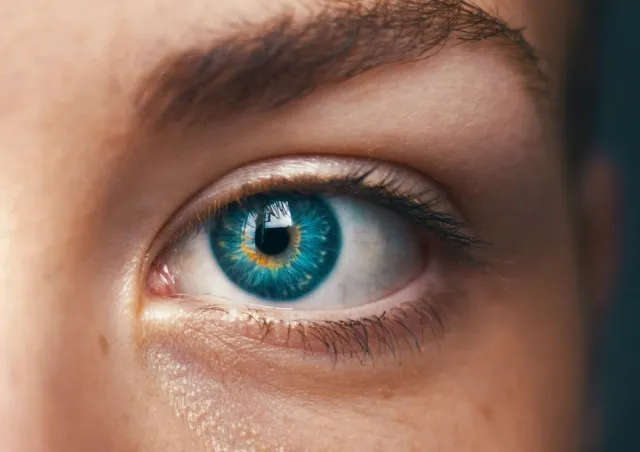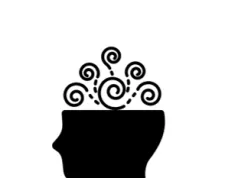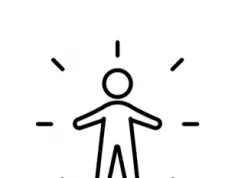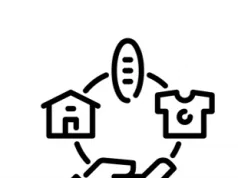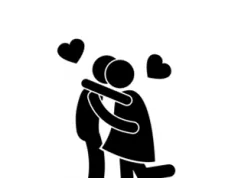Eye Movement Desensitisation and Reprocessing (EMDR) is a type of therapy that is increasingly being used in the treatment of some mental health conditions.
EMDR is usually used as a treatment for trauma-related conditions, such as post-traumatic stress disorder. It can also be used for other conditions that involve a form of trauma, such as depression.
EMDR is a rather unique therapy, and involves a patient following a therapist’s hand motions, while recalling their trauma. While it has been derided as a pseudoscience by some, others point to its effectiveness.
One of the main concerns around EMDR is that no one truly knows how it works. Here, we take a look at the supposed science behind EMDR, and show how it works.

What is EMDR?
Eye Movement Desensitisation and Reprocessing (EMDR): While more of a newer treatment, EMDR is an exciting intervention that has helped many people cope with trauma-based conditions. This therapy involves an individual moving their eyes from side-to-side, with the therapist directing their eye movements. During this, the individual recalls their traumatic experience. EMDR is believed to help an individual change how they think about the traumatic event, with the therapist aiming to facilitate change.
What is the science behind EMDR?
As mentioned, it isn’t truly known how EMDR works. EMDR was created by American psychologist Doctor Francine Shapiro. She developed EMDR as a result of her own personal experience, using areas that worked for her.
Shapiro found that certain eye movements helped to reduce the severity of negative thoughts or disturbed thinking. She organised a large study, which seemingly showed its effectiveness.
Shapiro believed that when a person had a traumatic experience, that their normal coping mechanisms would be overpowered.
As a result, the memory would not be processed correctly, leading to the memory being stored in a different area to non-traumatic areas, and never dealt with.
Shapiro suggested that the eye movements of a person changes when faced with certain thoughts. Therefore, eye movements can lead to a change in how memories are processed, seemingly helping a person come to terms with their trauma.
The overall suggestion is that EMDR can help a mind heal quickly, much like a physical wound does. This has caused controversy, but for some, does make sense.
How does EMDR work?
A patient will work closely with a trained therapist during sessions. EMDR sessions will involve a patient making side-to-side eye movements – following the movement of a therapist’s hand motions, where they’ll typically move their fingers back and forth and side to side.
These motions aim to induce a state of mind where a person is in an advanced state of REM (rapid eye movement – something that happens during sleep), and therefore may help them process memories better.
During the eye movements, the person will recall their traumatic experience, and over time, the therapist will guide their thoughts to more positive ones.
The patient is not sedated in any way, and what happens is a natural process. EMDR therapy is split into eight phases, for more information, we have a separate article.
Summary
EMDR isn’t a universally popular type of therapy, but it does appear to work for some people. It can offer a different approach to those that have struggled with more conventional types of therapy.
The biggest advantage with EMDR is that it can potentially be a very quick treatment that takes a matter of weeks, rather than months or years, to complete.
See Also
- Therapy Home
- Everything You Need To Know About Talking Therapy
- FAQ’s About Talking Therapy
- Eye Movement Desensitisation and Reprocessing: Everything You Need to Know
- The Advantages and Disadvantages of Eye Movement Desensitisation and Reprocessing
- 8 Things You Should Know About Eye Movement Desensitisation and Reprocessing
- The Science Behind Eye Movement Desensitisation and Reprocessing
- The Eight Phases of Eye Movement Desensitisation and Reprocessing
Disclaimer
This website should be used purely for informational purposes, and does not intend to, nor should it ever, be used as a replacement for professional medical advice.
We strive to keep all of our pages updated, and ensure that our website is full of factual and in-depth information. However, we encourage you to browse this website with care.
As a reminder, this website and all content within it cannot and should not replace the advice of a trained medical professional. You can read our full disclaimer at this link.
Helplines
If you are struggling with your mental health, help is available. With the right support and treatment, you can make a recovery. For information on helplines, or if you are in a state of crisis, please visit our crisis page by clicking on the relevant link for your geographical location (United Kingdom), (United States), (International). You can also see how to get mental health treatment and the process involved by clicking this link.

